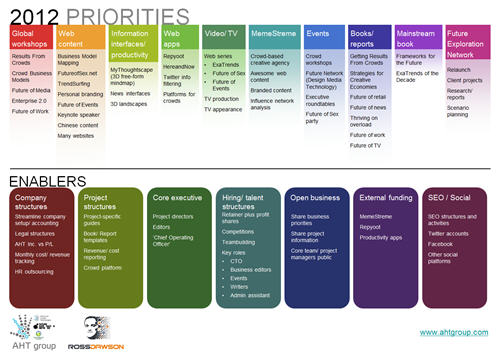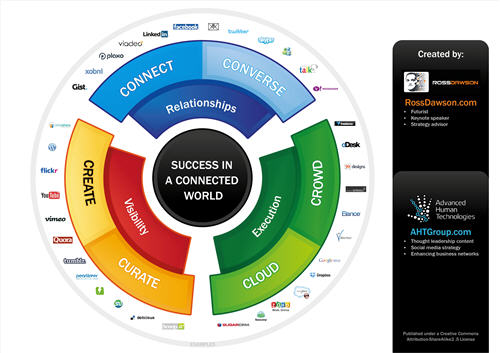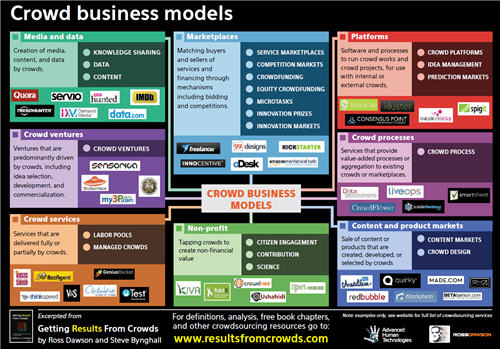The headache (and opportunity) of managing your company’s online reputation
In a world of instantaneous information flows, managing company reputation is ever more fraught.
An interesting article in Techworld titled How to manage your online reputation goes into the issue, describing how pharma firm GlaxoSmithKline had one of its trademarks hijacked by a dodgy company. The piece goes on:
“Reputations are more visible – and more vulnerable – than ever before,” says futurist Ross Dawson, who cites reputation as one of the key themes for 2012. So what can you do to ensure that your organisation is remembered for the right reasons?
The article then suggests some strategies, including this quote from me:
Read more →



